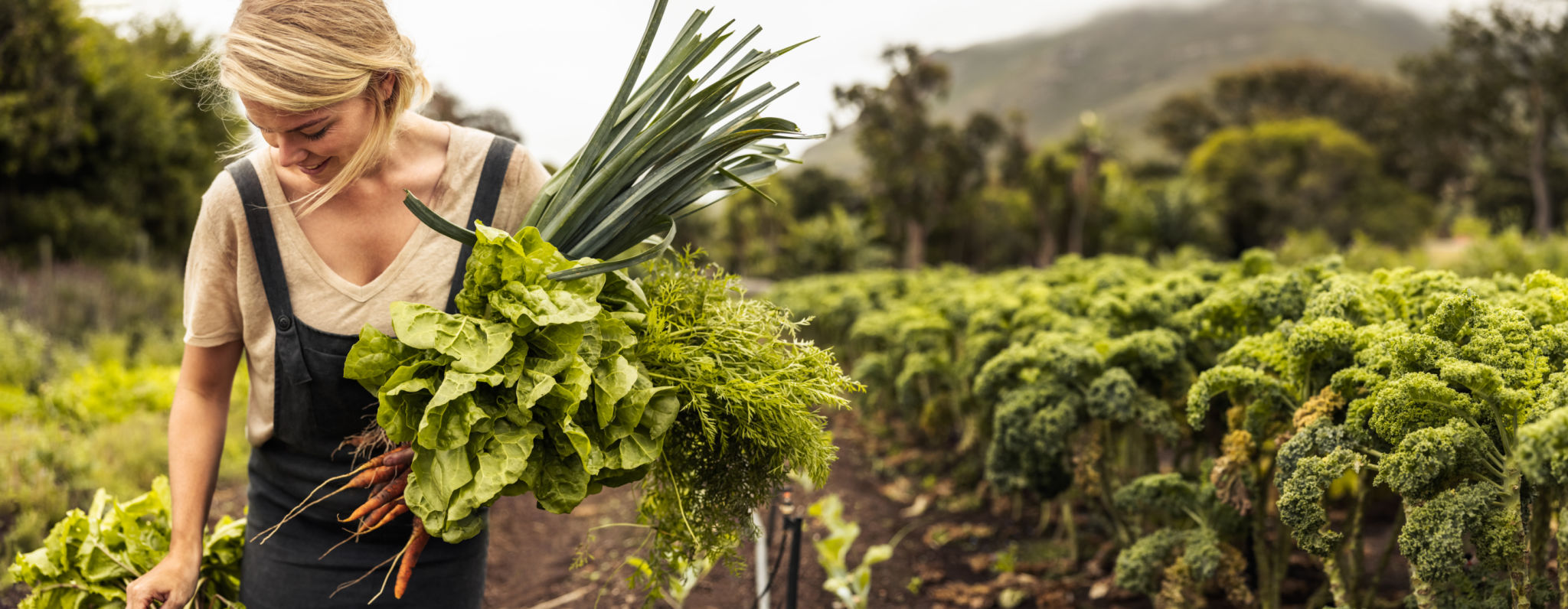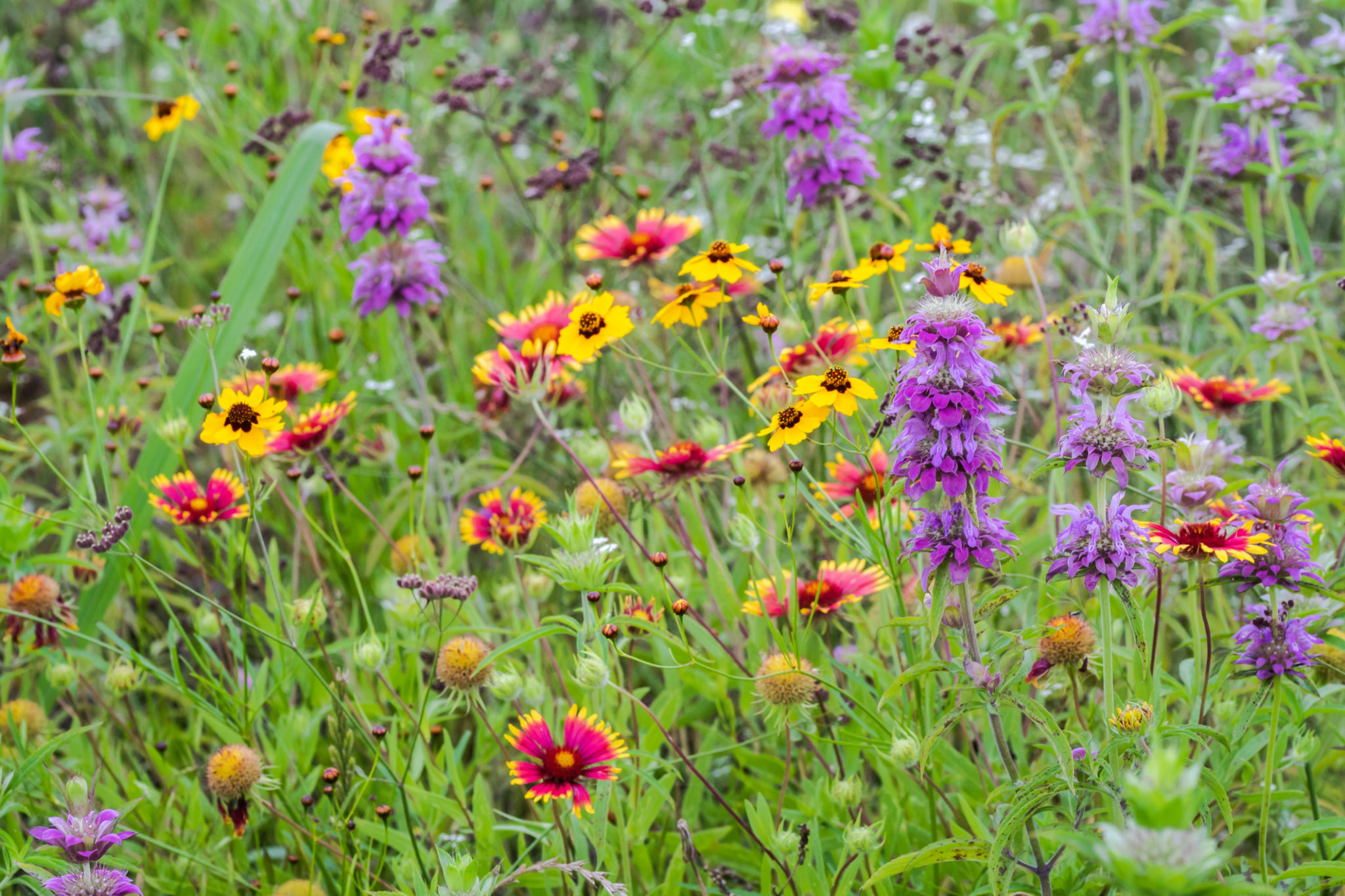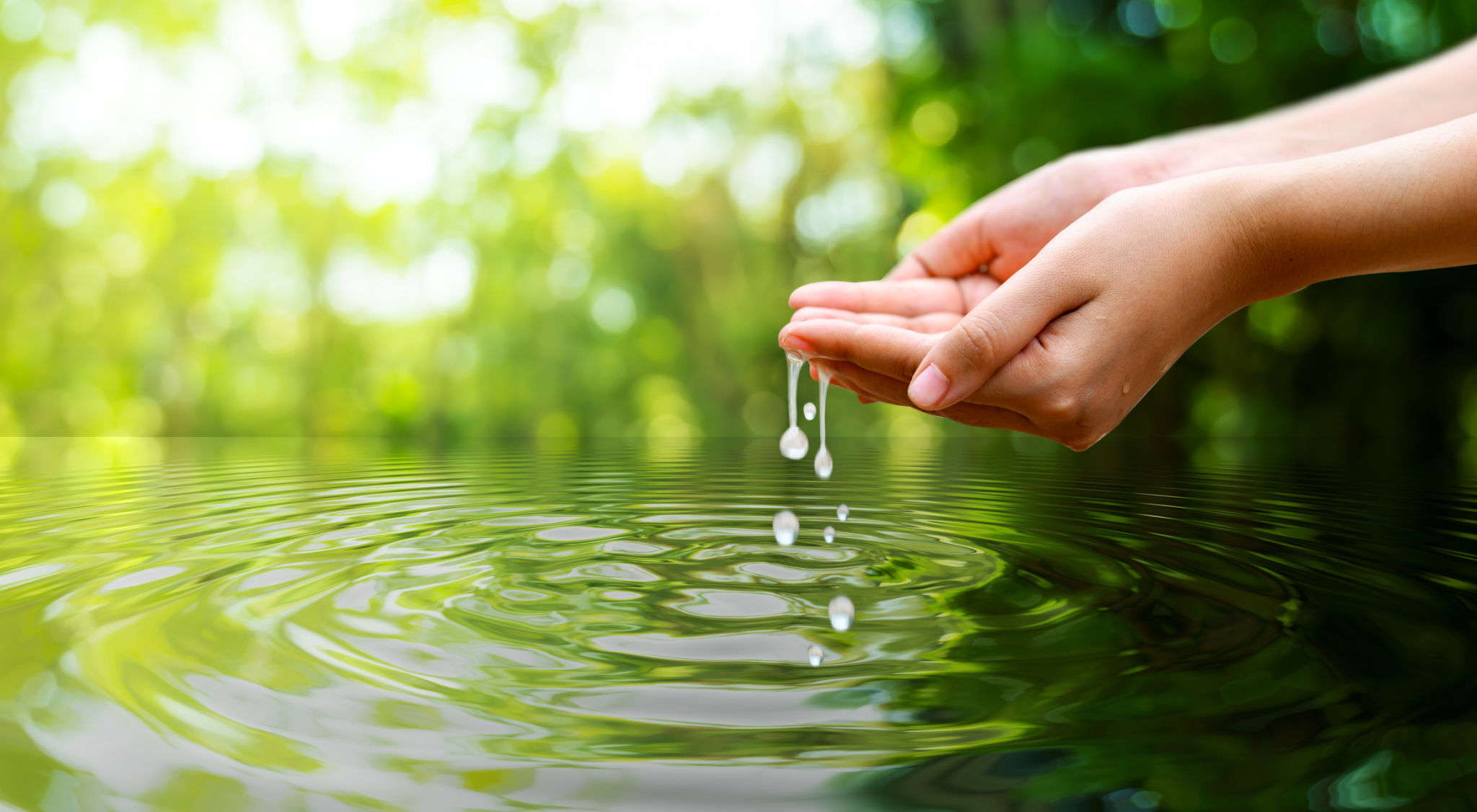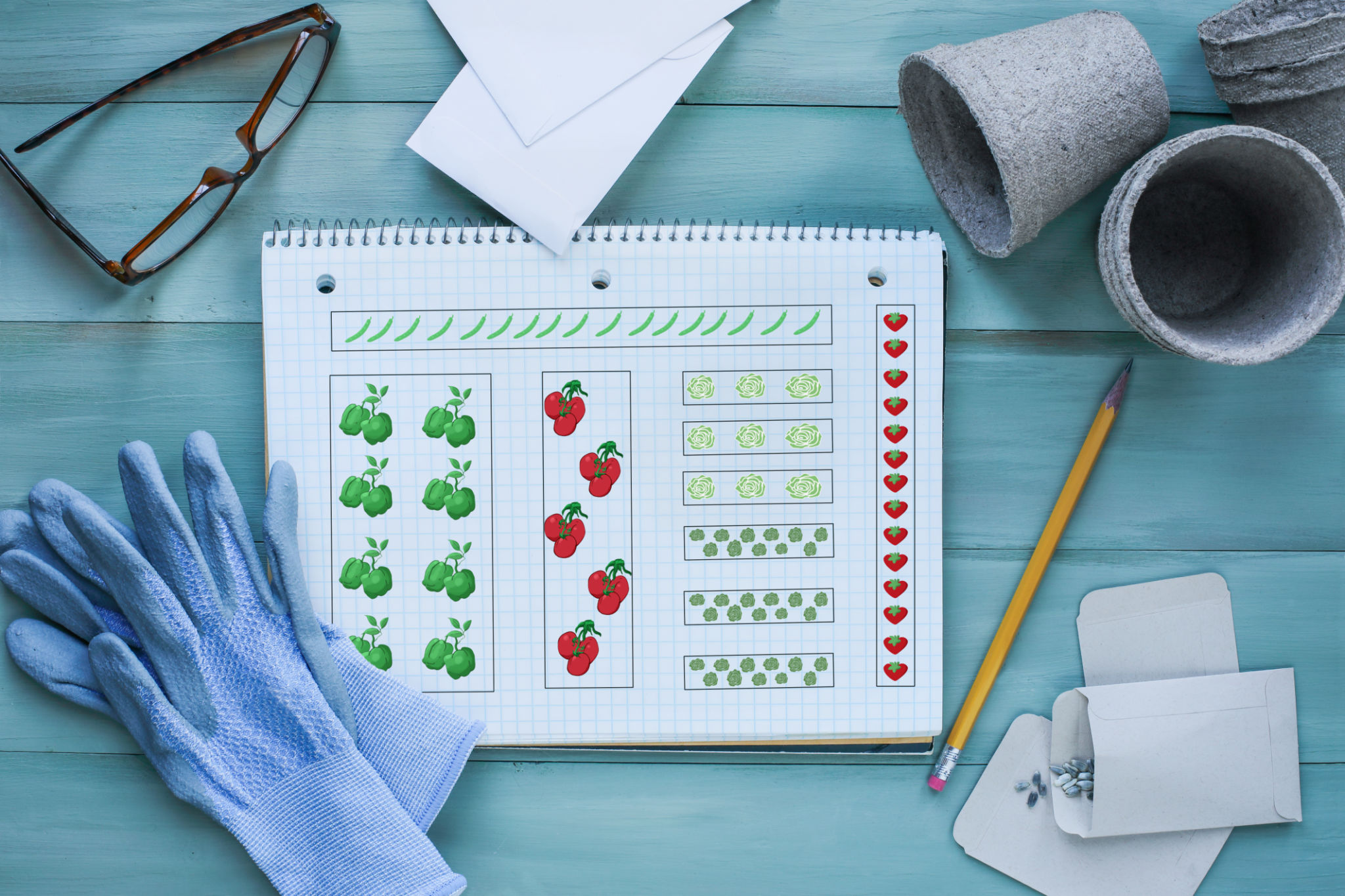Sustainable Garden Design Trends: Creating Eco-Friendly Landscapes in Calgary
Embracing Nature: A Shift Towards Sustainable Garden Design
In recent years, there's been a significant shift towards sustainable garden design in Calgary. As environmental awareness grows, homeowners are looking for ways to make their outdoor spaces not only beautiful but also eco-friendly. This trend is revolutionizing how gardens are planned and maintained, allowing nature to flourish while reducing human impact.

Native Plants: The Heart of Eco-Friendly Gardens
A key trend in sustainable gardening is the use of native plants. These plants are well-adapted to the local climate and soil conditions, requiring less water and maintenance compared to exotic species. By incorporating native plants, gardeners can create landscapes that support local wildlife and promote biodiversity.
Some popular native plants in Calgary include the Prairie Crocus, Wild Bergamot, and Blue Grama Grass. These species not only thrive in the region's conditions but also add unique beauty to the garden landscape.

Water Conservation Techniques
Water conservation is a crucial aspect of sustainable garden design. With Calgary's semi-arid climate, efficient water use is essential. Gardeners are increasingly adopting techniques such as rainwater harvesting and drip irrigation systems to minimize water waste.
Using mulch is another effective strategy, as it helps retain soil moisture and reduces the need for frequent watering. By implementing these methods, homeowners can maintain lush gardens while keeping their water usage in check.

Integrating Edible Landscapes
An exciting trend in sustainable gardening is the integration of edible landscapes. This approach combines aesthetics with functionality, allowing gardeners to grow fruits, vegetables, and herbs alongside ornamental plants.
Edible landscapes not only provide fresh produce but also reduce the carbon footprint associated with transporting food. Popular choices for Calgary gardens include Saskatoon berries, rhubarb, and kale.
Creating Wildlife Habitats
Sustainable gardens often serve as havens for local wildlife. By creating diverse habitats within garden spaces, homeowners can support pollinators like bees and butterflies as well as birds and other beneficial insects.
- Incorporate flowering plants that bloom at different times of the year.
- Provide water sources such as birdbaths or small ponds.
- Include a variety of plant heights and structures to offer shelter.

Eco-Friendly Materials and Practices
The choice of materials is another important consideration in sustainable garden design. Using recycled or locally-sourced materials for pathways, borders, and garden structures can significantly reduce the environmental impact.
Additionally, gardeners are turning to organic fertilizers and pest control methods to minimize chemical use. Composting yard waste is another practice that enriches soil naturally while reducing landfill contributions.
The Future of Garden Design in Calgary
As more people embrace sustainable gardening practices, Calgary's landscape is becoming a patchwork of eco-friendly oases. This trend not only benefits the environment but also enhances the well-being of those who dwell within these green spaces.
By adopting sustainable practices in garden design, homeowners can create beautiful landscapes that reflect their commitment to preserving the earth for future generations.
